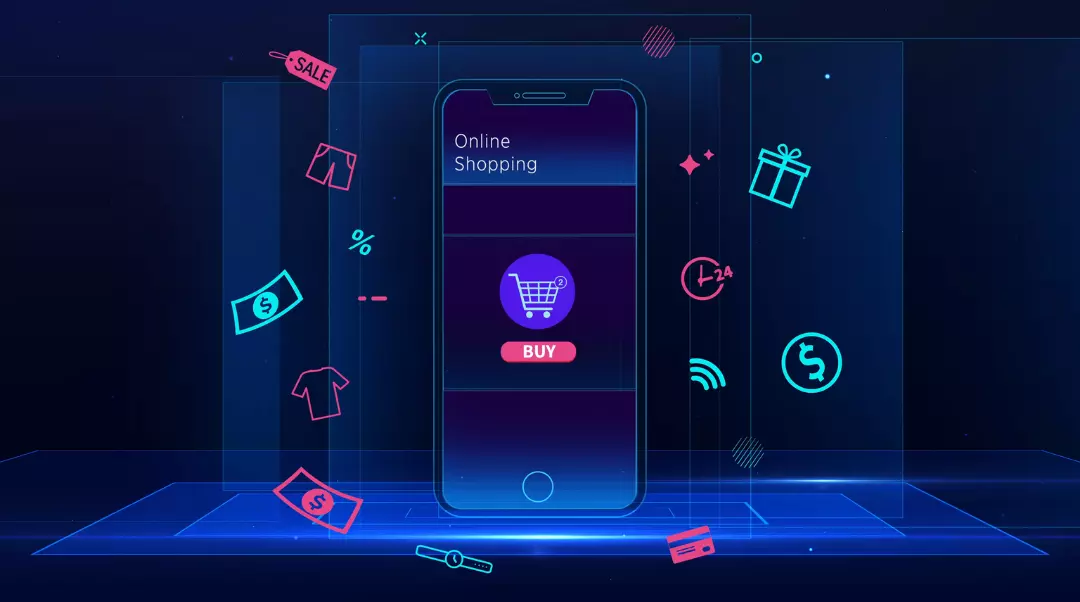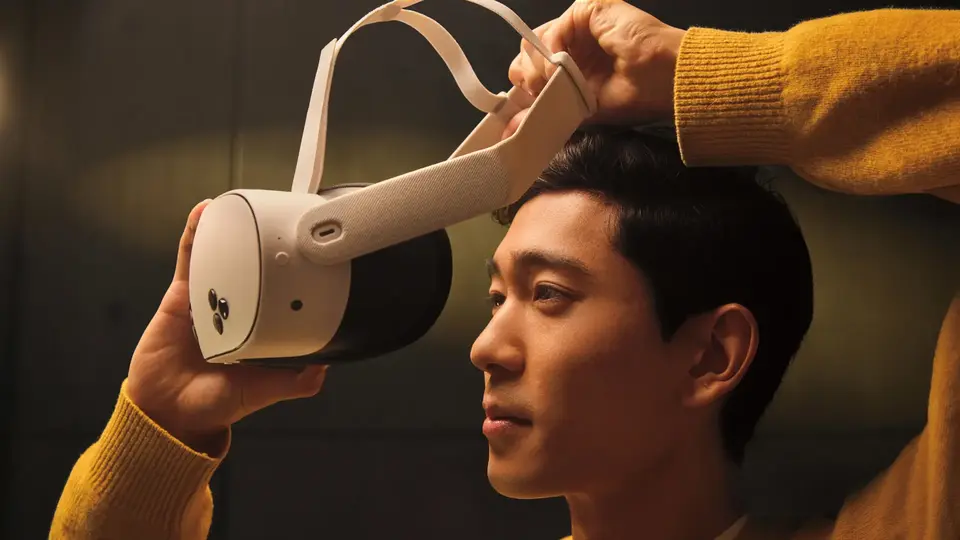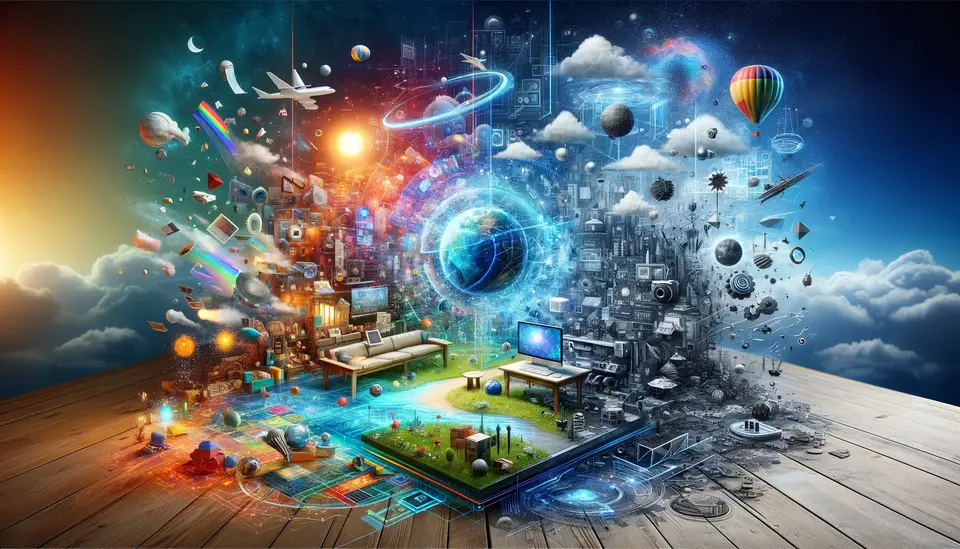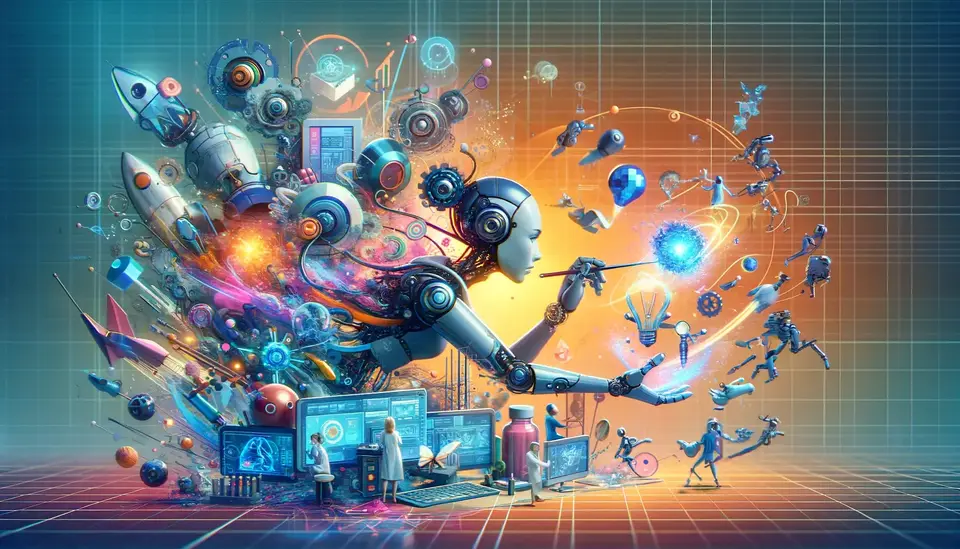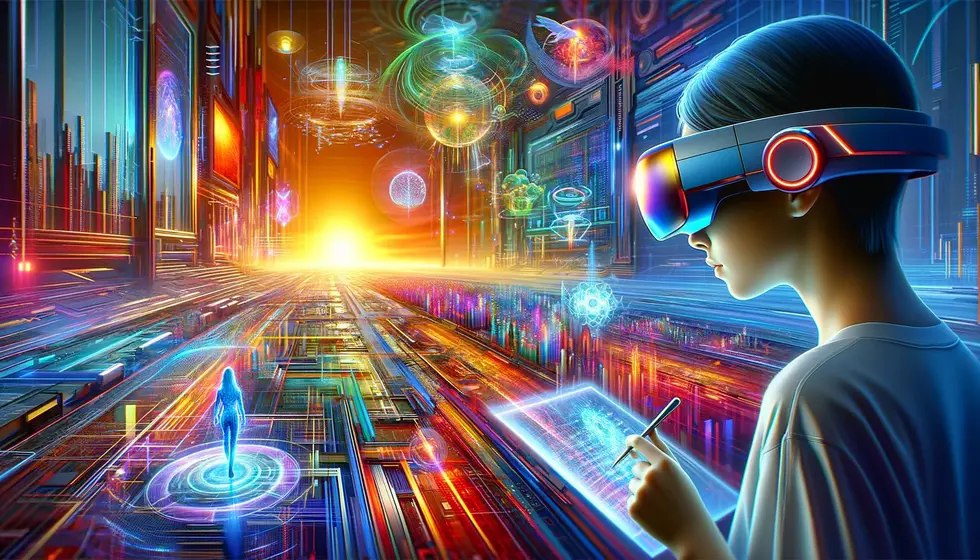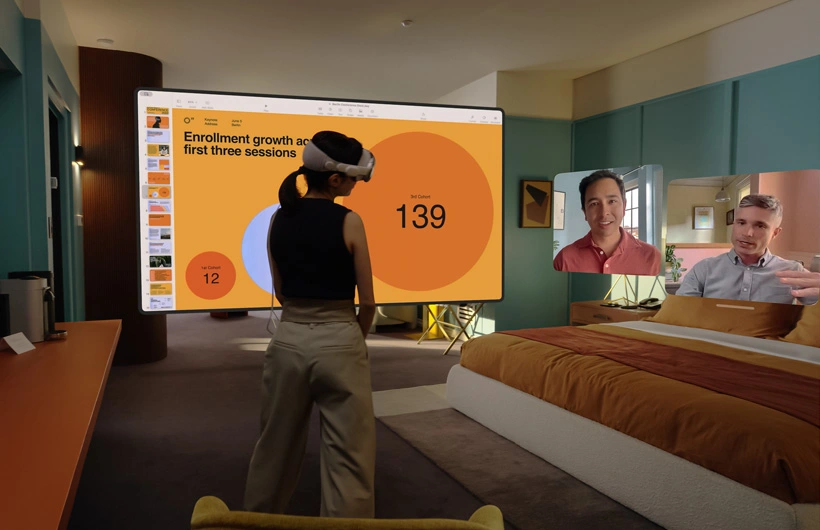15 Examples of the Use of Mixed Reality in E-commerce
Posted on April 11, 2023 4 minutes 789 words
Table of contents
- 1. Product Visualization - Amazon AR View
- 2. Virtual Fitting Rooms - Warby Parker Virtual Try-On
- 3. Virtual Storefronts - IKEA Place
- 4. Virtual Product Demos - Lowe’s Holoroom Test Drive
- 5. Personalized Shopping Experiences - Obsess
- 6. Collaborative Shopping - The Fabricant and Dapper Labs
- 7. Gamification and Engagement - Nike SNKRS
- 8. Virtual Pop-up Shops - Gucci and Snapchat
- 9. Virtual Customer Support - Vee24
- 10. Immersive Marketing Campaigns - Pepsi Max Bus Shelter
- 11. Enhanced Product Information - LEGO AR Studio
- 12. Virtual Reality Loyalty Programs - Marriott Rewards & Samsung Gear VR
- 13. Virtual Showrooms - Audi VR Experience
- 14. Virtual Trade Shows and Events - Cisco Live Virtual Event
- 15. Future Potential - Magic Leap and Shopify
- Conclusion
Mixed reality (MR) is an exciting technological advancement that combines elements of both virtual reality (VR) and augmented reality (AR). As e-commerce continues to grow, businesses are leveraging the power of MR to create immersive and engaging shopping experiences. In this blog post, we’ll explore 15 real-world examples of how mixed reality is revolutionizing e-commerce.
1. Product Visualization - Amazon AR View
Amazon’s AR View feature enables customers to visualize products in their own environment. By overlaying 3D models of products in a customer’s space, they can make more informed decisions about items such as furniture or home décor.
2. Virtual Fitting Rooms - Warby Parker Virtual Try-On
Warby Parker’s Virtual Try-On app uses MR to let customers try on glasses virtually. This feature reduces return rates by giving customers a better idea of how the glasses will look and fit before purchasing.
3. Virtual Storefronts - IKEA Place
IKEA’s Place app utilizes MR to allow customers to virtually explore a store, browsing and interacting with products in a 3D environment. This innovative approach brings the physical shopping experience to customers’ homes, making it easier to visualize and choose products.
4. Virtual Product Demos - Lowe’s Holoroom Test Drive
Lowe’s Holoroom Test Drive provides customers with interactive and immersive product demonstrations. Users can virtually test out power tools and other equipment, helping them make more confident purchasing decisions.
5. Personalized Shopping Experiences - Obsess
Obsess is a VR platform that delivers personalized shopping experiences based on user preferences, browsing history, and social media activity. This level of personalization enhances the shopping experience and fosters brand loyalty.
6. Collaborative Shopping - The Fabricant and Dapper Labs
The Fabricant and Dapper Labs have partnered to create a virtual fashion shopping platform, allowing users to shop together in a virtual environment. Friends and family can interact and make group shopping decisions in this immersive experience.
7. Gamification and Engagement - Nike SNKRS
Nike’s SNKRS app uses MR to create gamified experiences that increase customer engagement. Customers can participate in virtual scavenger hunts and access exclusive products, incentivizing them to interact with the brand and make purchases.
8. Virtual Pop-up Shops - Gucci and Snapchat
Gucci partnered with Snapchat to create a virtual pop-up shop experience, allowing customers to explore and purchase limited-edition products in an interactive, immersive environment. This innovative approach helps brands reach new audiences and test out new markets.
9. Virtual Customer Support - Vee24
Vee24 is a platform that offers real-time, immersive customer support using MR technology. This enhances customer satisfaction and loyalty by providing interactive and personalized assistance.
10. Immersive Marketing Campaigns - Pepsi Max Bus Shelter
Pepsi Max’s MR bus shelter campaign transformed an ordinary bus stop into an immersive experience, featuring virtual objects and scenarios that captured the attention of passersby. This creative use of MR showcased the product in a unique and memorable way.
11. Enhanced Product Information - LEGO AR Studio
LEGO AR Studio offers customers additional product information through 3D models, videos, and interactive guides. This helps customers understand how LEGO sets will look and function once assembled, leading to more informed purchasing decisions.
12. Virtual Reality Loyalty Programs - Marriott Rewards & Samsung Gear VR
Marriott Rewards partnered with Samsung Gear VR to offer customers unique rewards and experiences through mixed reality, such as virtual travel experiences and exclusive hotel tours.
13. Virtual Showrooms - Audi VR Experience
The Audi VR Experience allows customers to explore and configure their ideal car in a virtual showroom. This immersive and interactive approach provides a deeper understanding of the vehicle’s features and options and customizations, enabling customers to make more informed decisions and feel confident in their purchases.
14. Virtual Trade Shows and Events - Cisco Live Virtual Event
Cisco Live Virtual Event is an example of a mixed reality trade show that enables businesses to showcase their products and network with industry professionals without the need for physical attendance. This innovative approach saves time, reduces costs, and allows for a broader reach of potential customers and partners.
15. Future Potential - Magic Leap and Shopify
Magic Leap, a leading mixed reality company, has partnered with Shopify to explore the future of MR in e-commerce. This collaboration aims to create next-generation shopping experiences that will further revolutionize the industry and redefine customer expectations.
Conclusion
Mixed reality is transforming e-commerce by enhancing customer experiences and driving sales. As businesses continue to adopt MR technologies and develop innovative applications, we can expect even more immersive, engaging, and personalized shopping experiences. By staying ahead of these trends and leveraging the power of mixed reality, businesses can ensure they remain competitive and relevant in an ever-evolving digital landscape.

